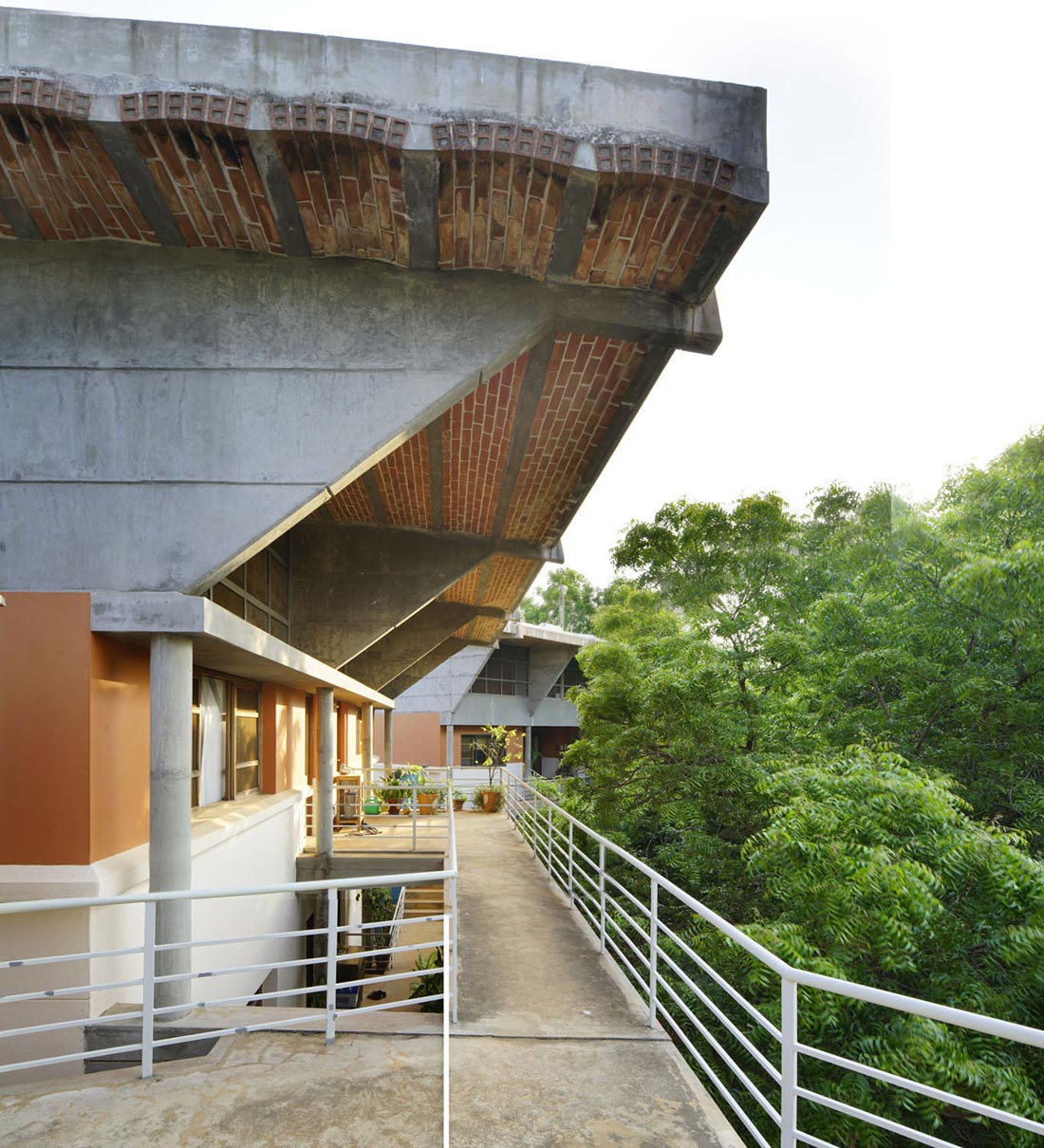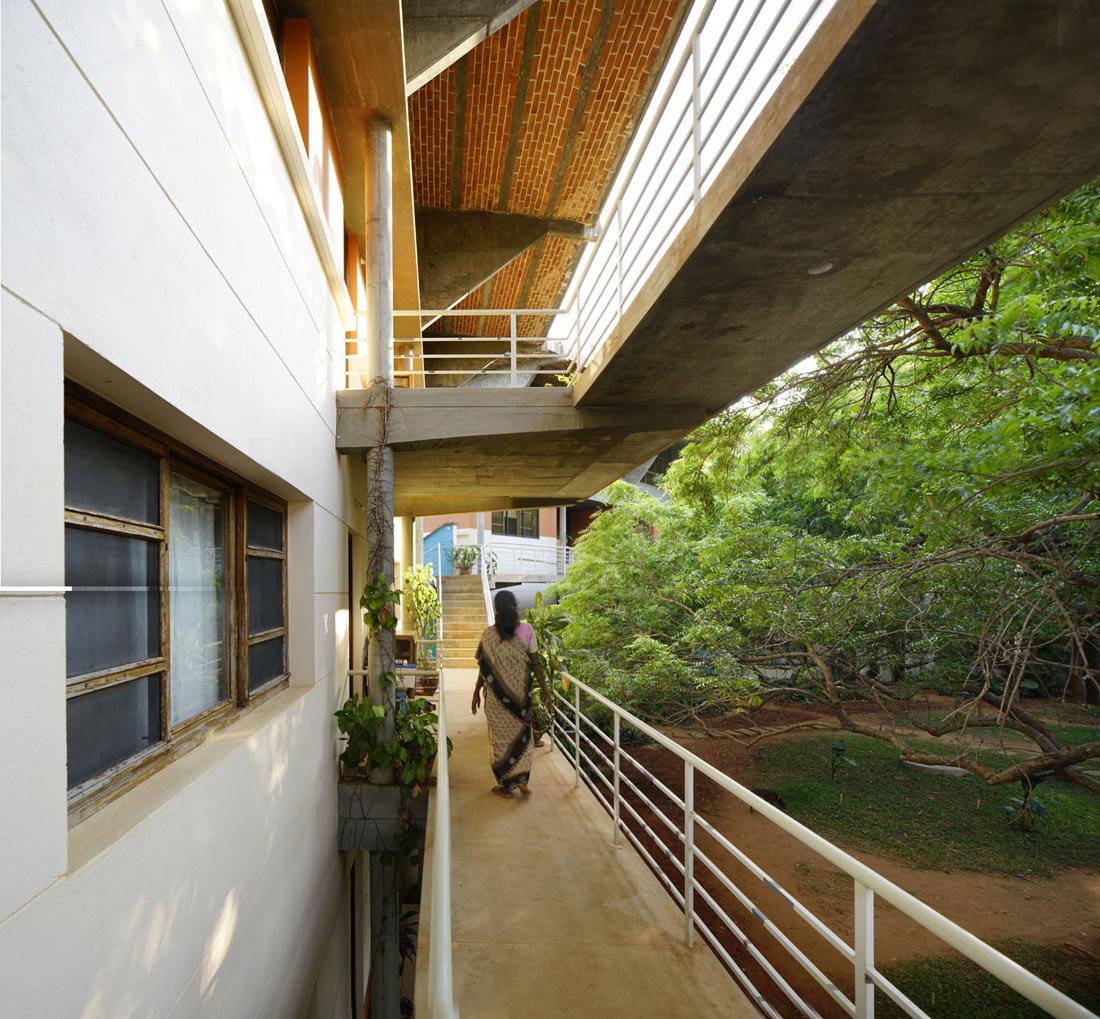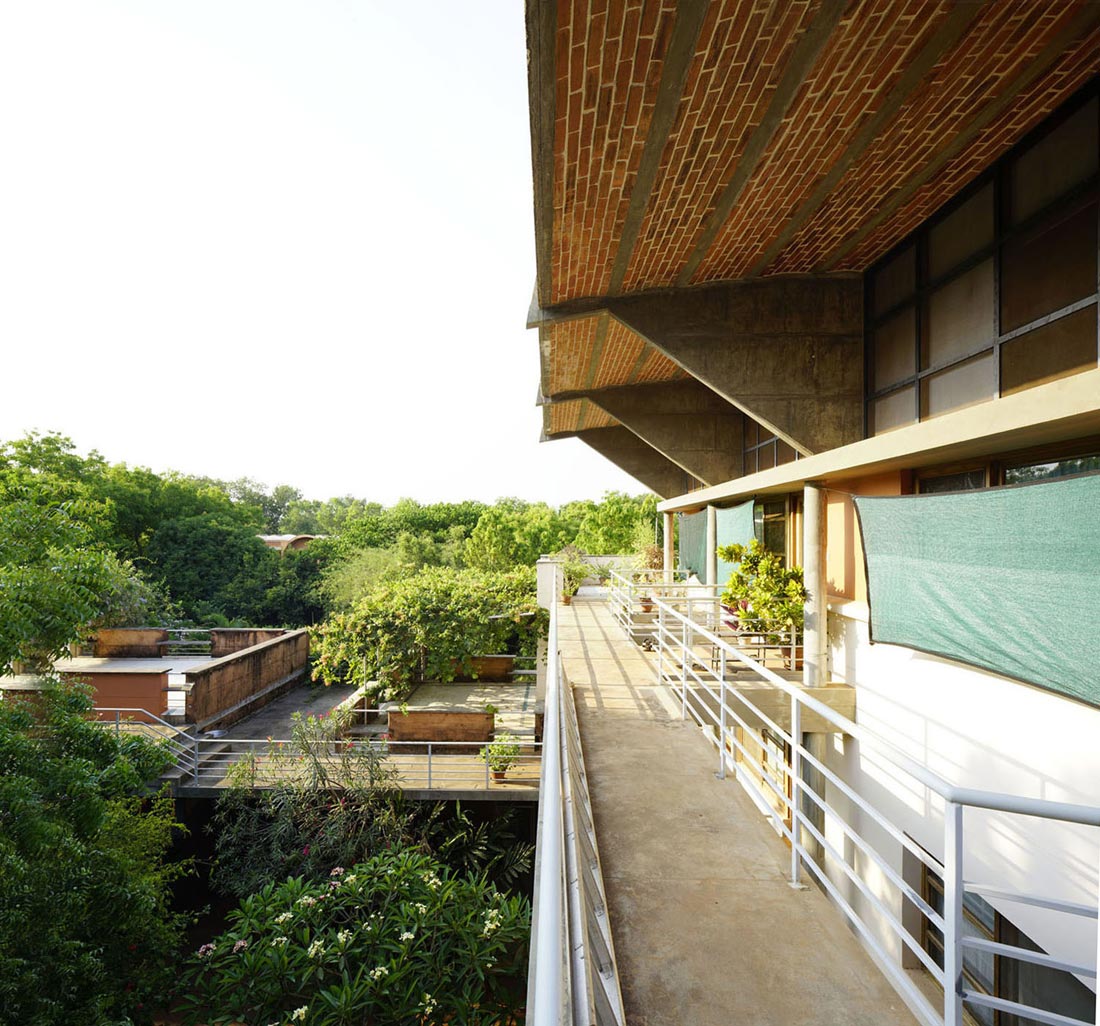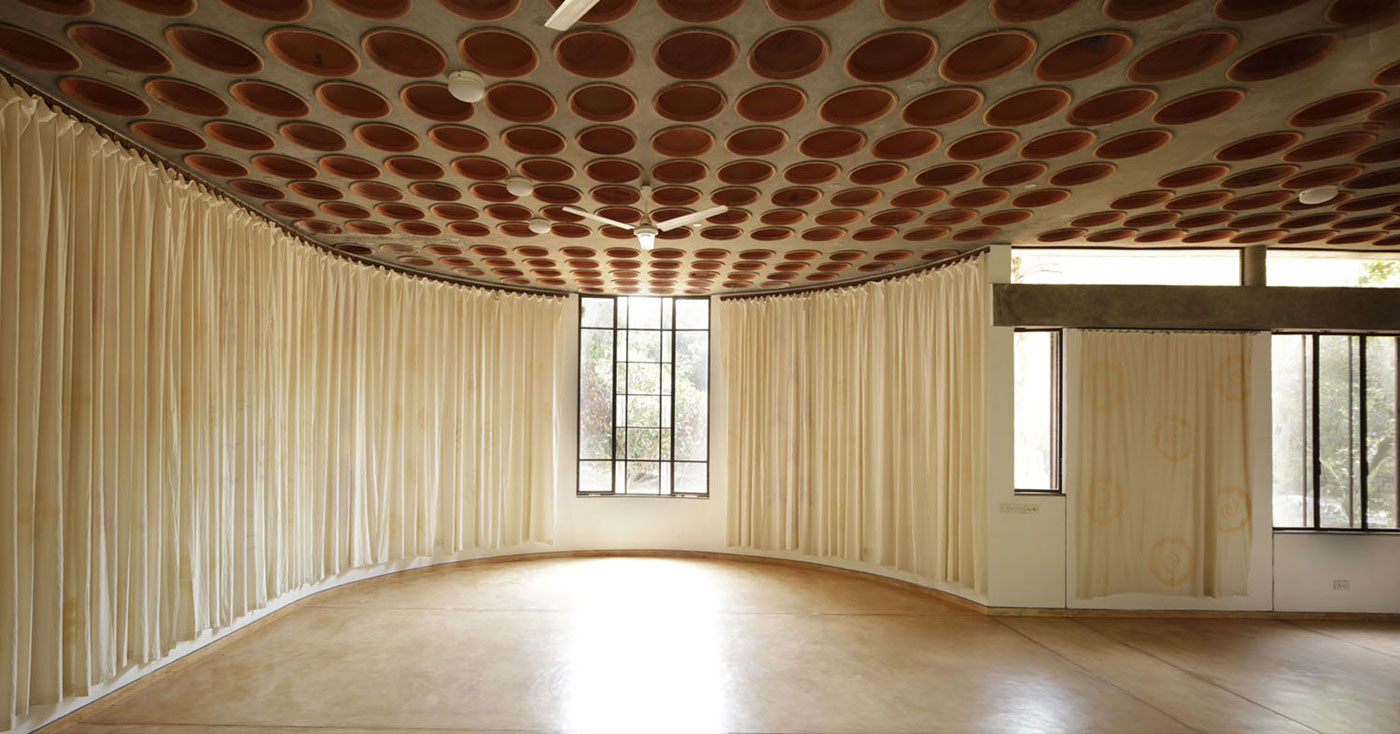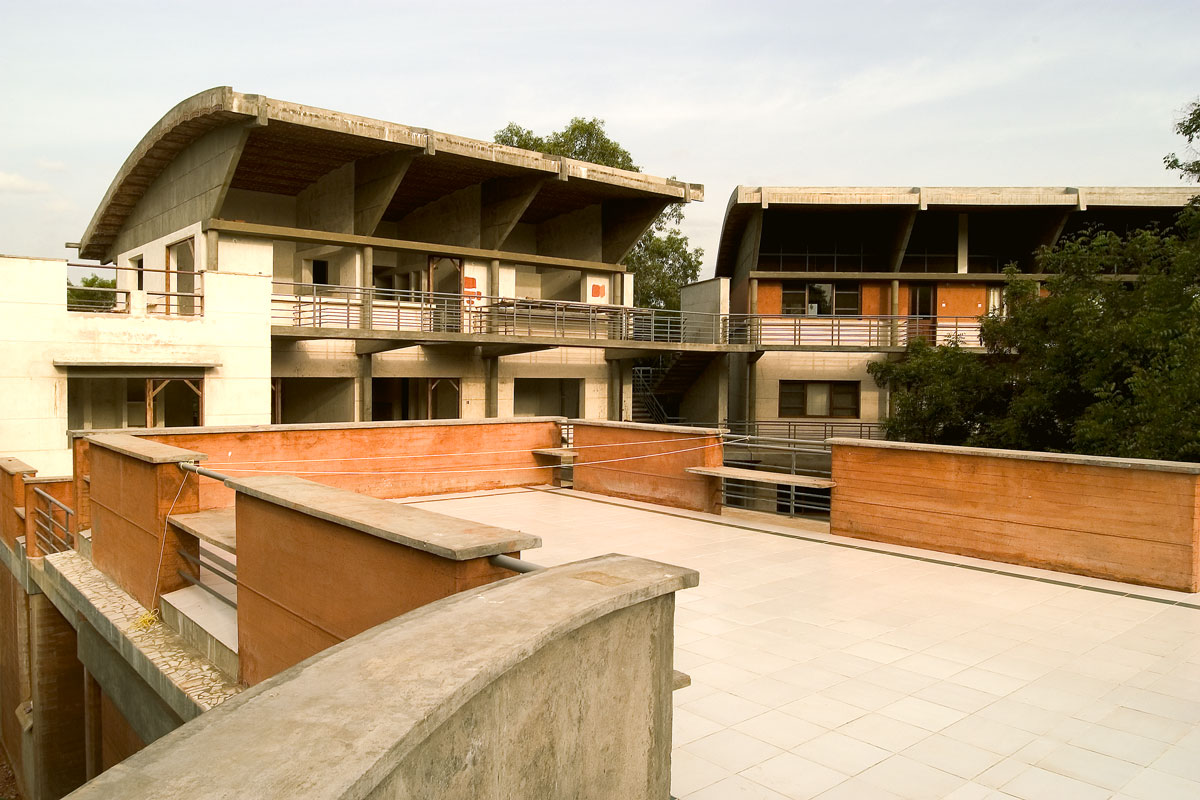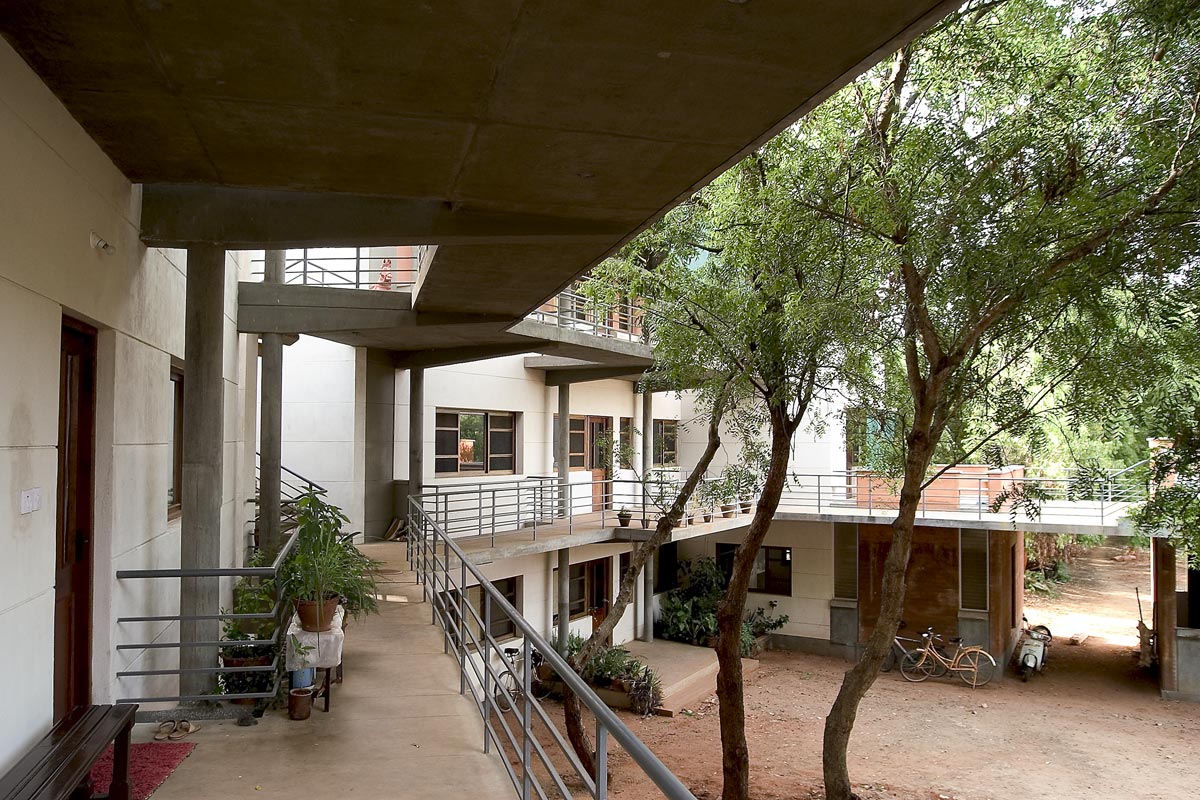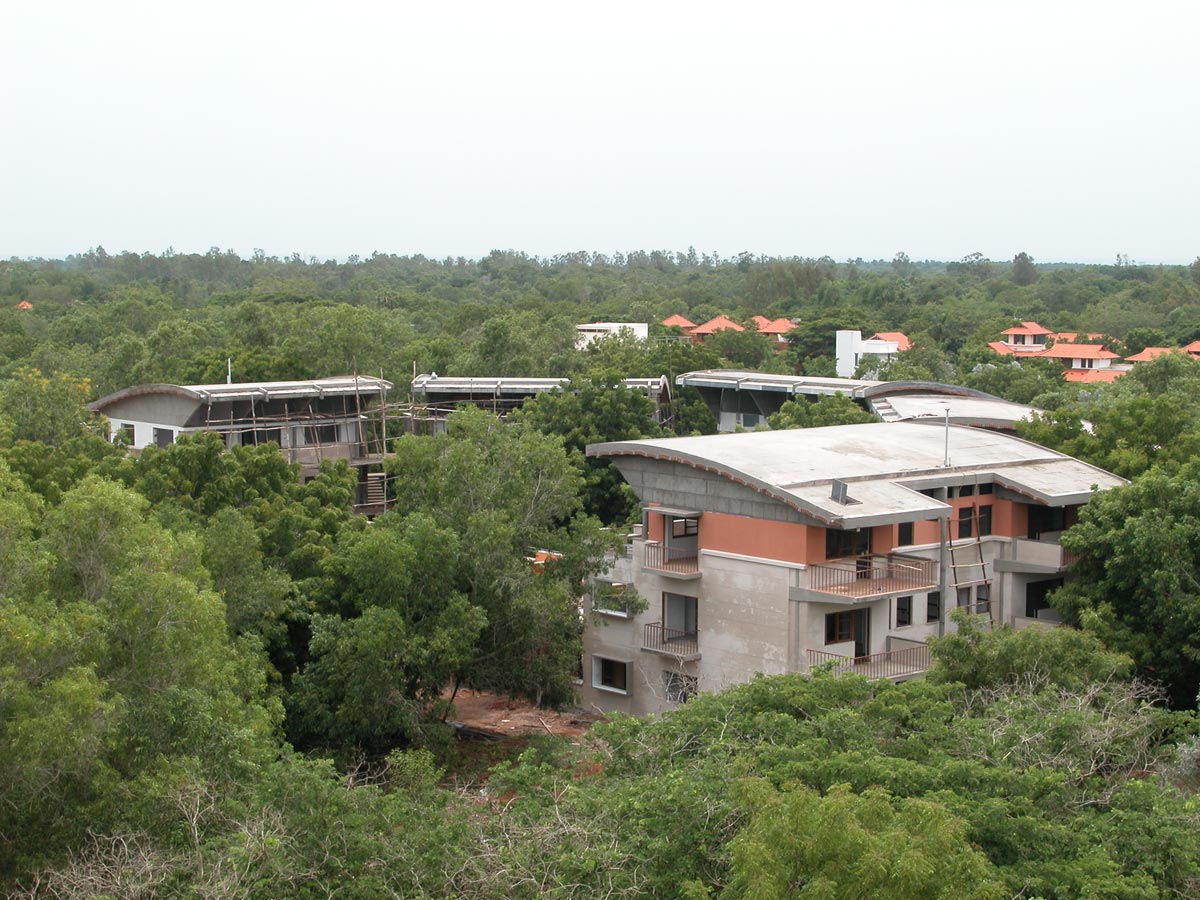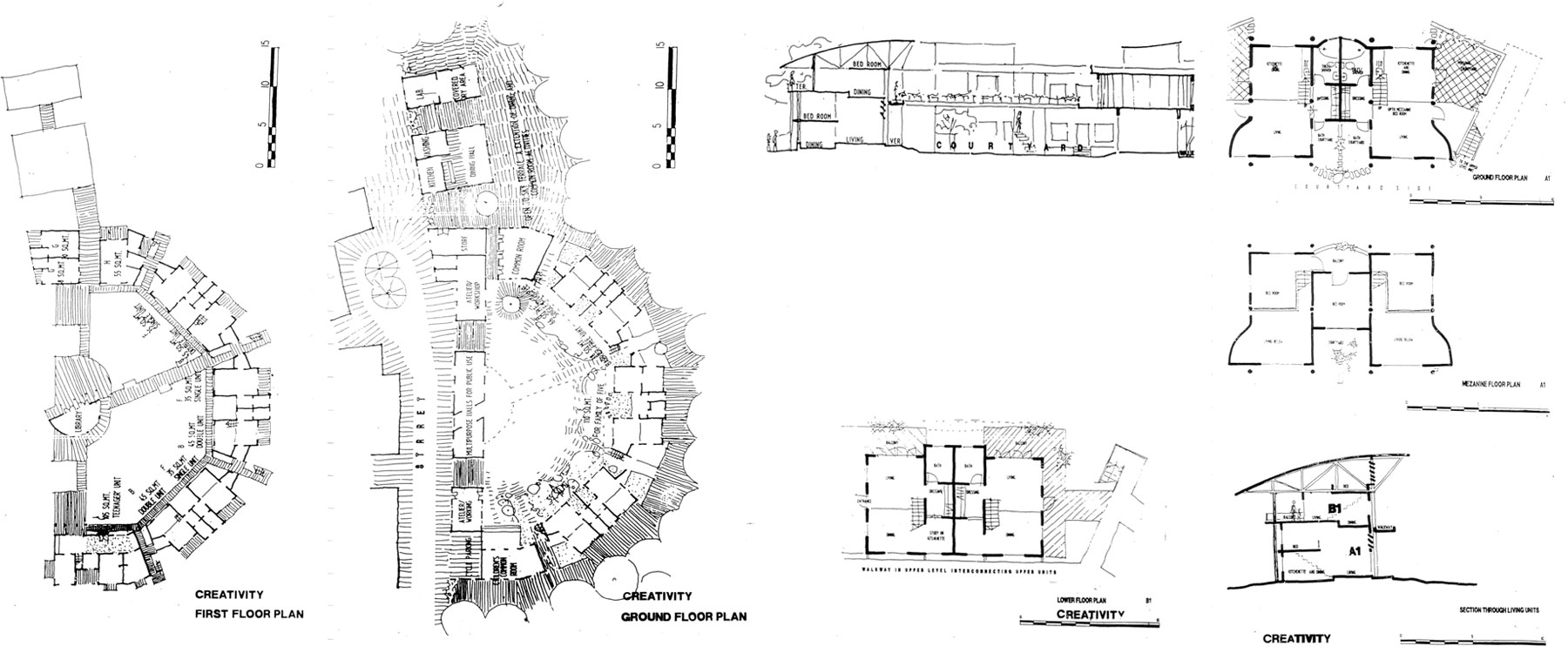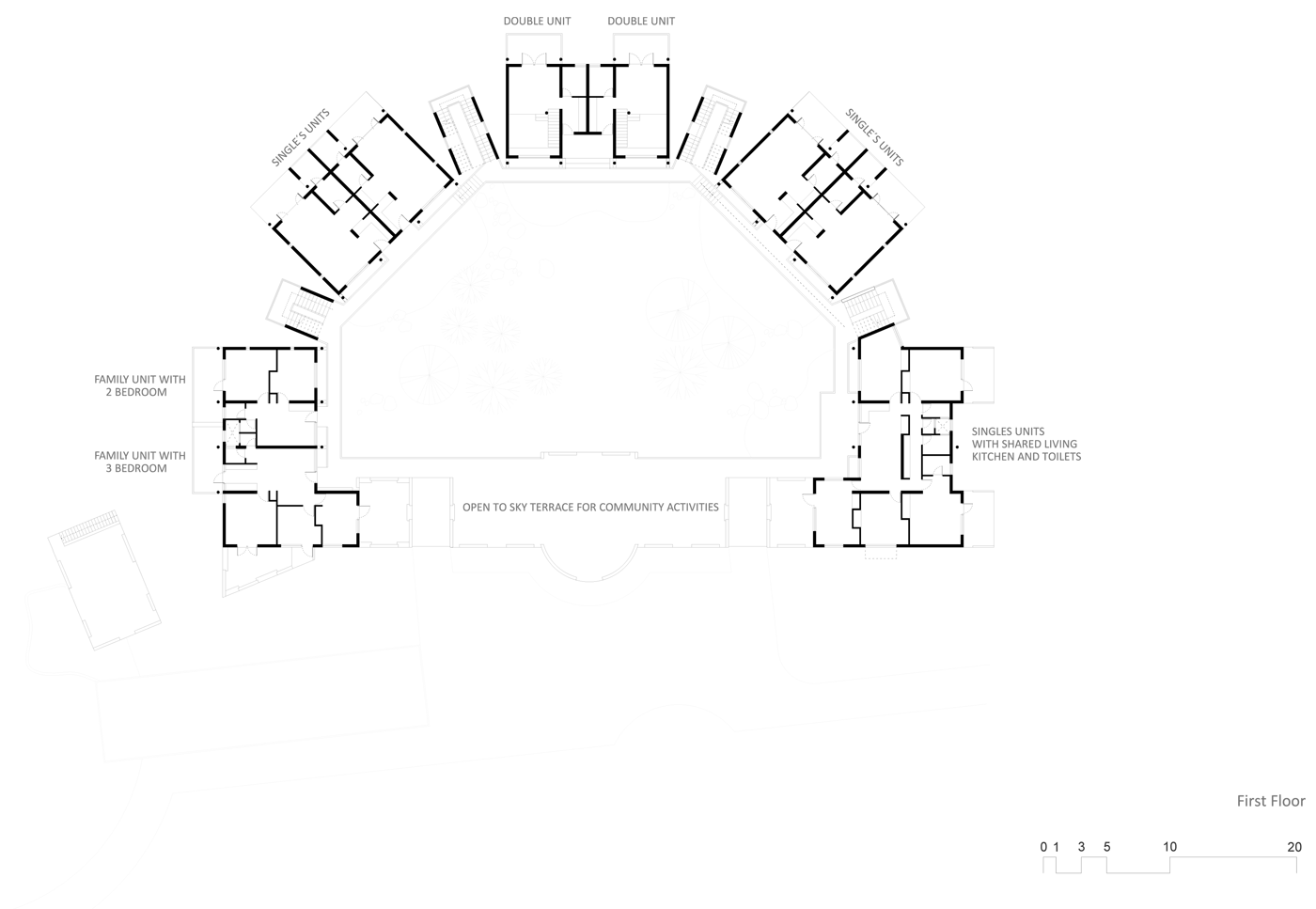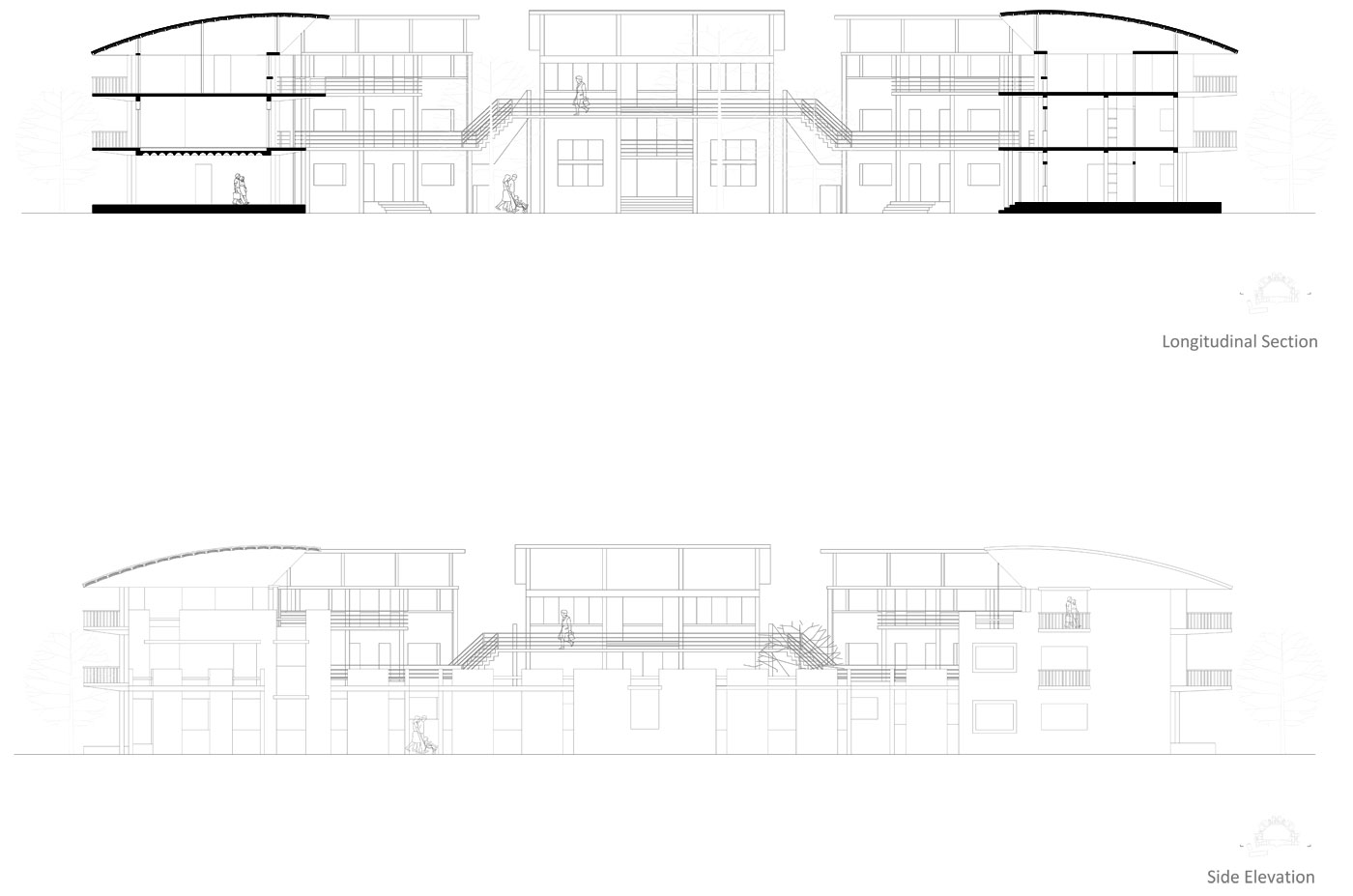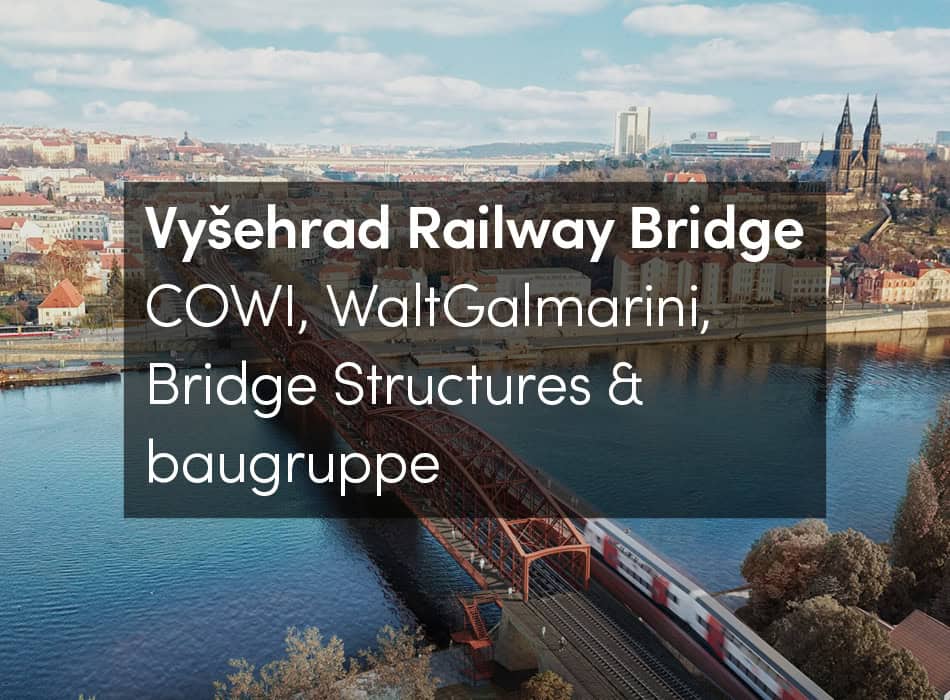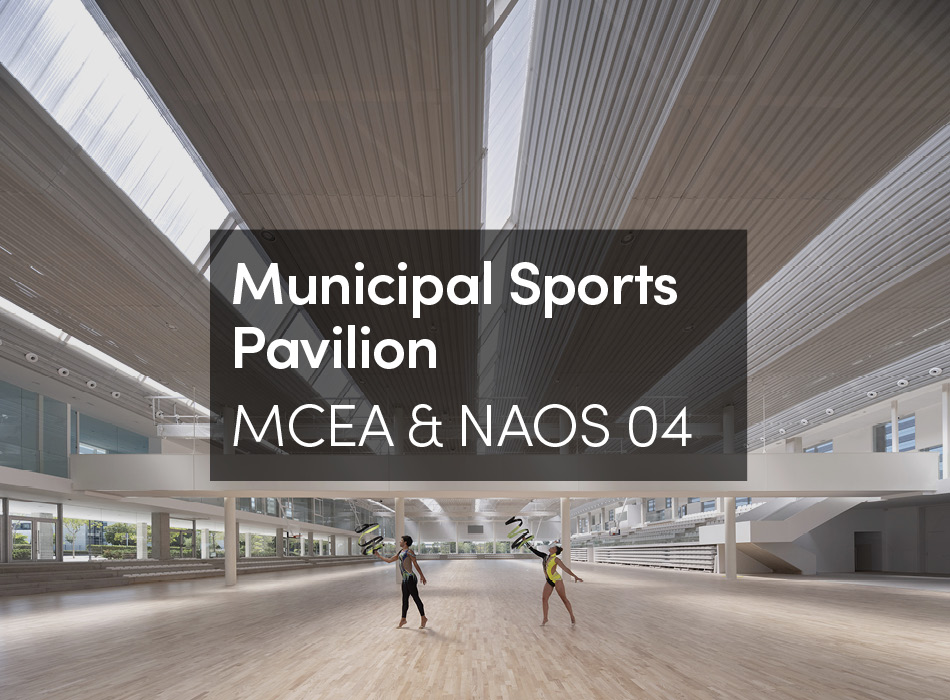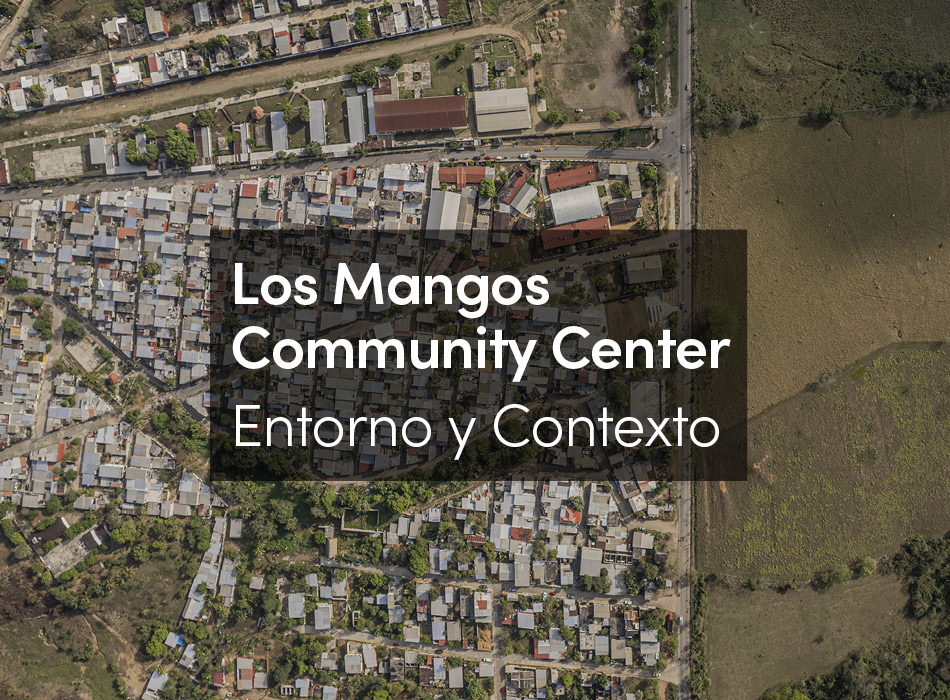A prototype for collective living to promote community and sharing, the project was planned as one of five housing clusters for around 360 deliberately diverse residents. Realized as an example of an independently managed cluster accommodating 50-60 persons, residents shared common facilities at the cluster-level with some facilities planned for the larger community. A variety of social and economic backgrounds were integrated into a common project to make it a relevant prototype for sustainable community housing in a low-density urban context. Aiming to be much more than an arrangement of residences by creating a neighbourhood, public spaces are distributed for different scales of groupings with a gentle hierarchy that includes intimacy. Streets created on the upper levels facilitate communication. Voids between the houses and the street promote privacy while, enhancing natural ventilation through the Venturi effect.
The excavated onsite soil was used to build rammed earth walls in a contemporary technique using a special large formwork, adding 5% cement for water resistance, lending a contemporary character to a material associated with the vernacular. Specially designed insulating terracotta roofing units on part-prefab beams were assembled as an easy modular construction with high insulation properties. A root zone treatment plant recycles sewage water for irrigation.





